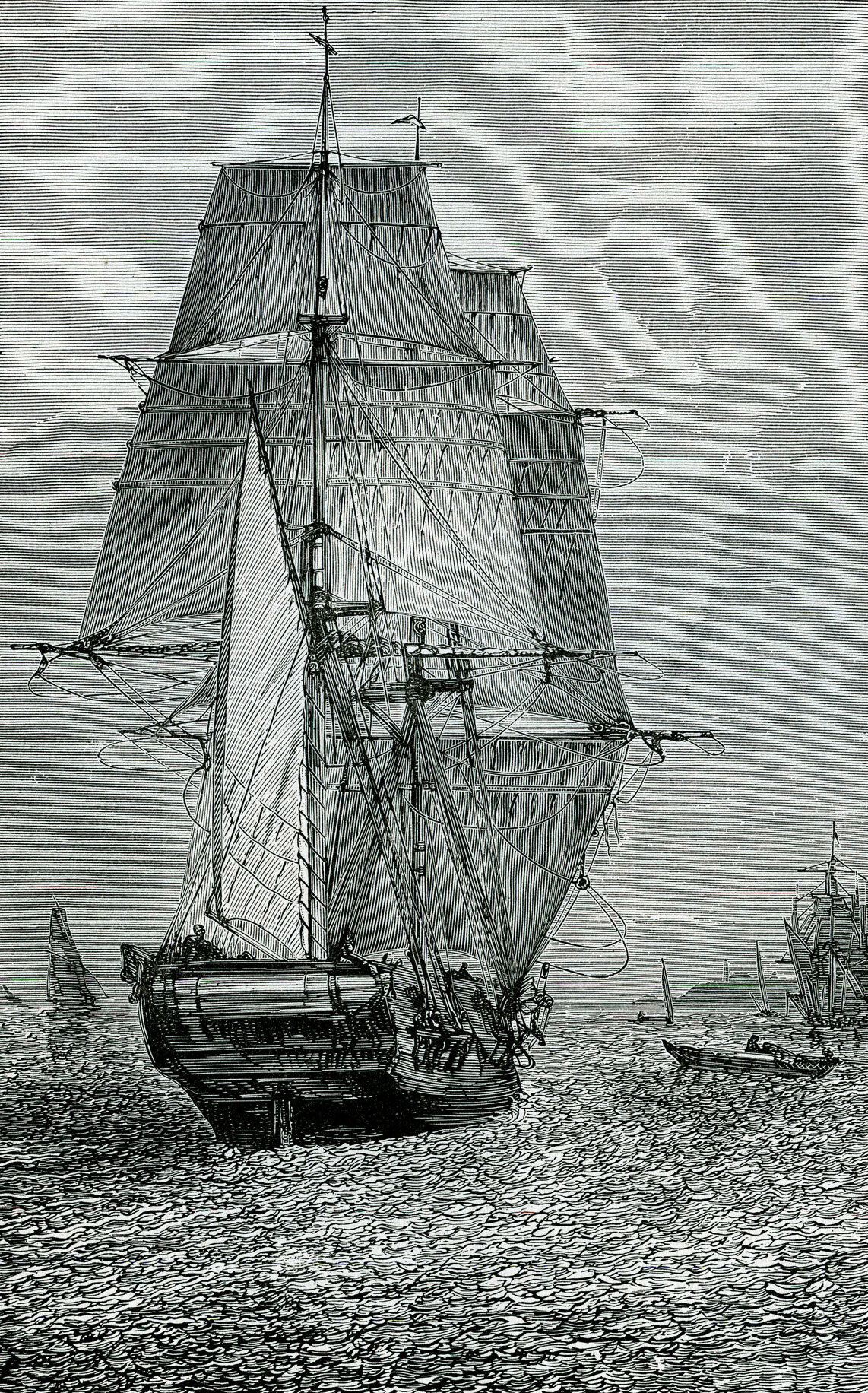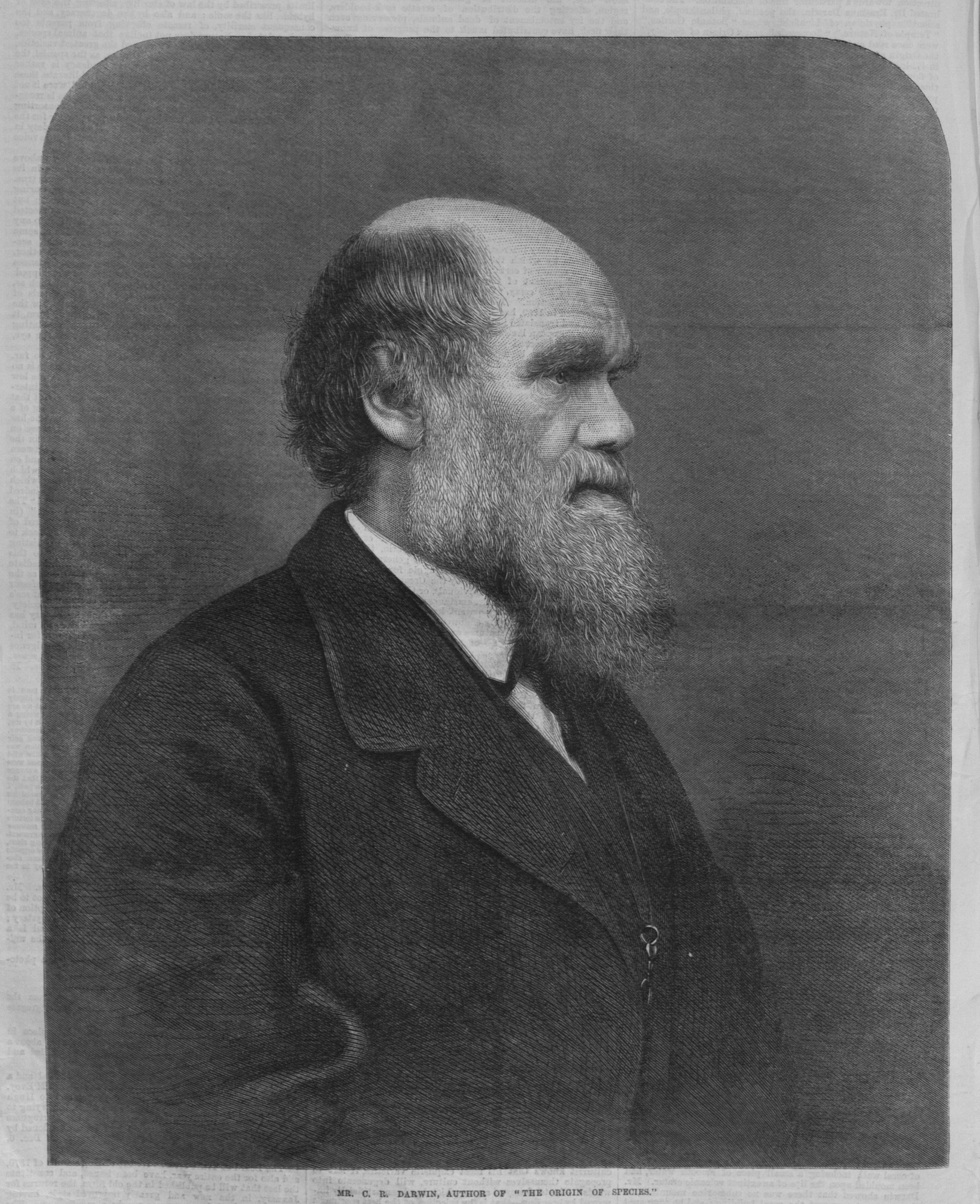150 Years of On the Origin of Species
The Historical Journey from Specimens to Species to Genes

Photographic reproduction of engraving "A Phosphorescent Sea HMS Beagle?]" from Charles Darwin. What Mr. Darwin saw in his voyage
round the world in the ship "Beagle." New York: Harper, 1898, c1879.
Charles Darwin's 57-month voyage on the HMS Beagle provided the biological and geological specimens and the intellectual insight for a critical step forward in explaining one of the most challenging questions of natural history: how and why species change over time. Darwin's voyage on the Beagle and the publication of The Origin of Species in 1859 was not the final solution to the puzzling phenomenon of species change, but it was a vital step in the ongoing revolution in evolutionary thought.
The Origin of Species was not a work brought to fruition in isolation or by only one mind. The urge to collect, catalog, and thereby understand the wide variety of animals and plants found in the world had its origin in the ancient world. The largely empirical work in botany and zoology is represented in the work of Renaissance naturalists and physicians such as Leonhart Fuchs, Conrad Gesner, and many others.

Engraved portrait of Charles Darwin from The illustrated London News.
London: William Little, March 1871.
These Renaissance empiricists inspired and contributed to the work of Jean-Baptiste Lamarck, Alfred Russel Wallace, and Charles Darwin, who all strove to understand differences in similar organisms over time and over long distances. Charles Darwin was also influenced by many of the natural philosophers and empirical naturalists of his and earlier generations whom he encountered in London and Cambridge. Darwin took his understanding of how theory and extensive and patient observation worked together to produce valid science from such thinkers as his grandfather Erasmus Darwin, the philosopher and astronomer John Herschel, the geologist Charles Lyell, and the naturalists Alexander Humboldt and Lamarck.
Darwin's convincing arguments for natural selection as a mechanism for species divergence laid the foundation for additional work in evolutionary theory. The early twentieth-century rediscovery of the work of Austrian monastic Gregor Mendel regarding the inheritance of physical traits in pea plants and the attempt to reconcile it with Darwin's mechanism of natural selection became the focus of many of the finest scientific minds of the period.
The successful reconciliation of the two concepts led to what is commonly called the Modern Evolutionary Synthesis, a fruitful period of research and theory unification from the early 1930s through the late 1940s. Among the principal scientists who contributed significantly to the Modern Evolutionary Synthesis were Theodosius Dobzhansky, Ernst Mayr, George Gaylord Simpson, and Julian Huxley.